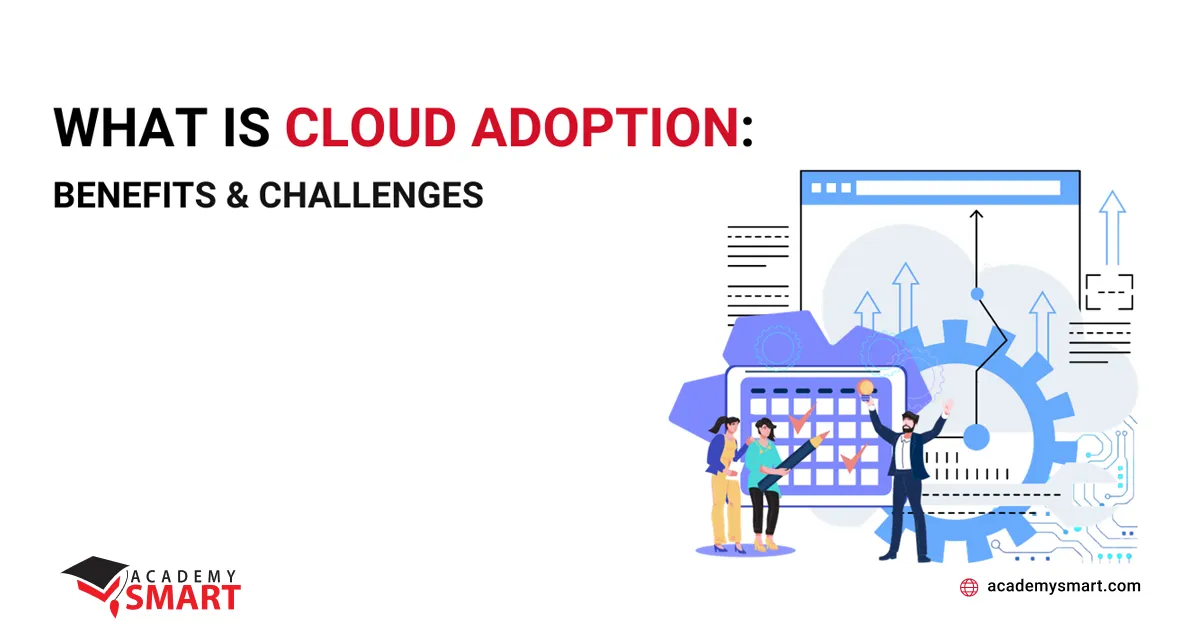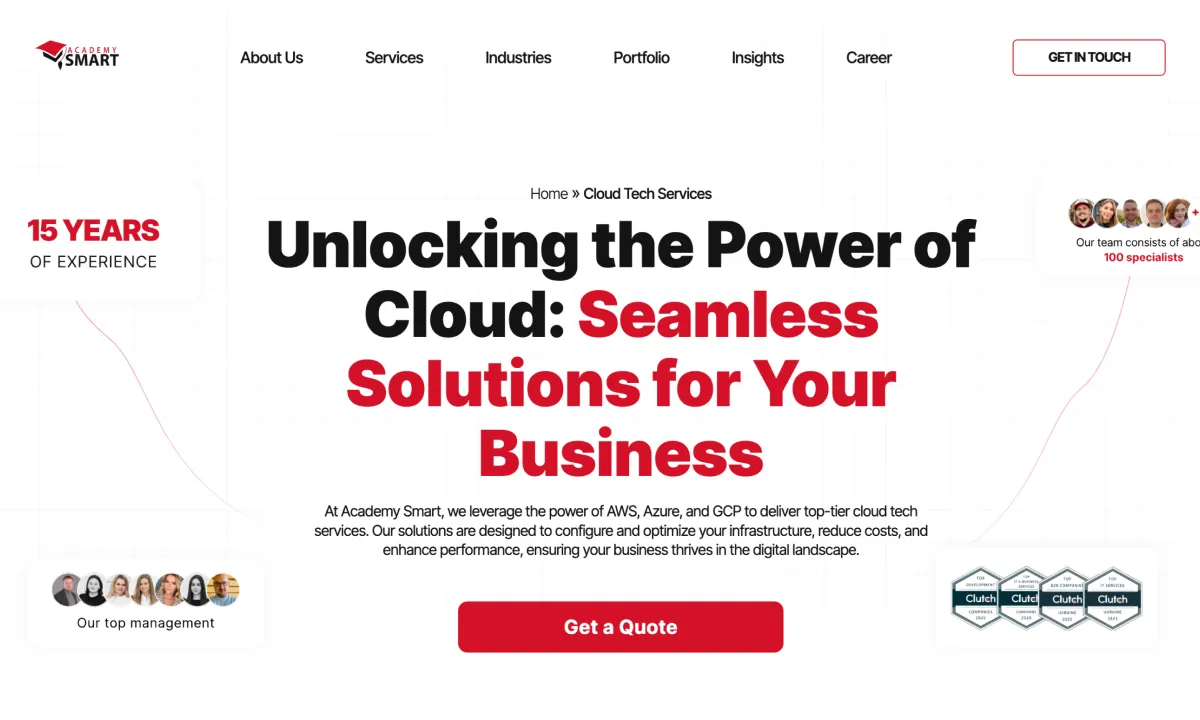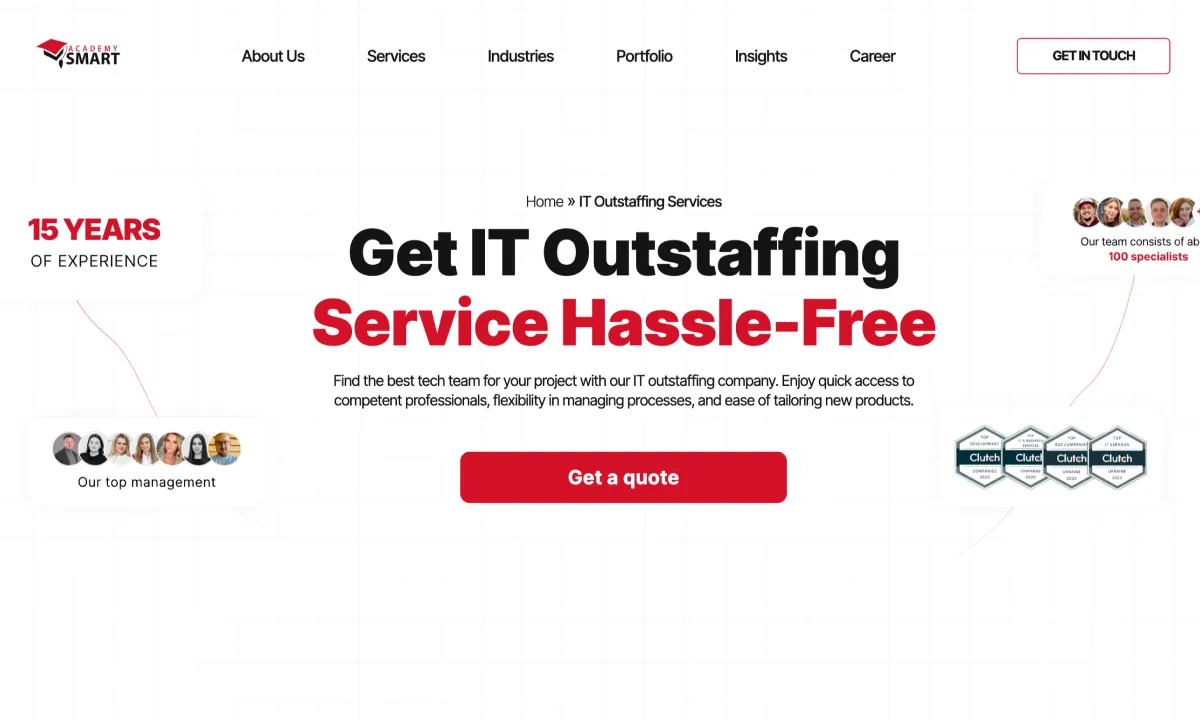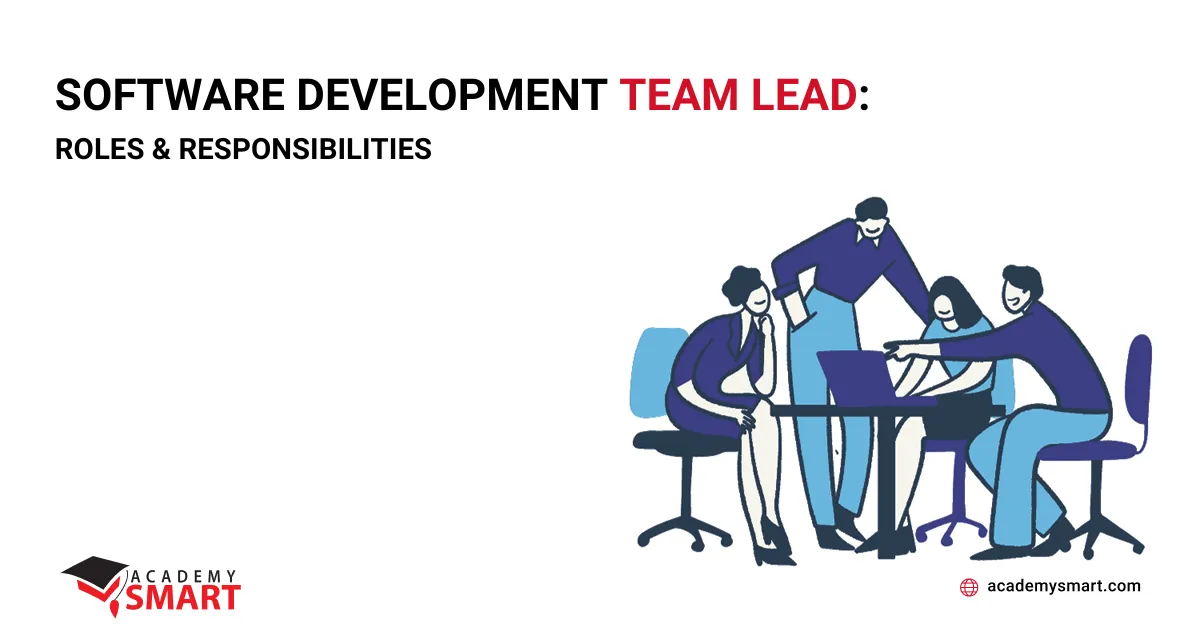
What is cloud adoption: benefits and challenges
Contents
Introduction to Cloud Adoption
Cloud adoption is the process of moving your business’s IT resources and applications to the cloud. The cloud is a network of remote servers that can be accessed over the internet. It offers a number of benefits, including scalability, cost savings, risk management, and innovation.
Imagine a world where you can get all the IT resources you need, on demand, without having to worry about managing your own hardware and software. That’s the power of the cloud.
The cloud has revolutionized the way businesses operate. It has made it possible for businesses of all sizes to access the same powerful IT resources as large enterprises, without the high upfront costs.
Why Cloud Adoption?
There are many reasons why businesses are choosing to adopt the cloud. Here are just a few of the benefits:
Scalability
The cloud is highly scalable, which means that you can easily add or remove resources as needed. This can be especially beneficial for businesses that experience seasonal fluctuations in demand or that need to be able to quickly scale up for new projects.
For example, if you’re an e-commerce business, you may experience a surge in traffic during the holiday season. With the cloud, you can easily scale up your infrastructure to handle the increased load. And once the holidays are over, you can scale back down just as easily.
Cost-Efficiency
The cloud can help you to save money on IT costs, such as hardware, software, and maintenance. Cloud providers typically charge on a pay-as-you-go basis, so you only pay for the resources that you use.
This can be a huge advantage for small businesses, which often have limited IT budgets. With the cloud, you don’t have to invest in expensive hardware or software upfront. You can simply start with a small amount of resources and scale up as needed.
Risk Management
The cloud can help you to reduce your risk of IT downtime and data loss. Cloud providers typically have robust security and disaster recovery measures in place.
For example, if your on-premises data center experiences a power outage, your applications and data will be unavailable. But with the cloud, your applications and data will be hosted on multiple servers in different locations. This means that if one server goes down, your applications and data will still be available on the other servers.
Innovation
The cloud gives you access to a wide range of innovative technologies, such as artificial intelligence, machine learning, and big data analytics. These technologies can help you to improve your business operations, make better decisions, and create new products and services.
For example, you could use AI to develop a chatbot that can answer customer questions or to develop a predictive maintenance system to identify and fix potential problems with your equipment before they cause downtime.
The Right Strategy for Cloud Adoption
There is no one-size-fits-all approach to cloud adoption. The best strategy for your business will depend on your specific needs and requirements. However, there are a few general principles that you should keep in mind:
Planning
It is important to carefully plan your cloud adoption journey before you get started. This includes identifying your business goals, assessing your current IT environment, and developing a migration plan.
By taking the time to plan, you can avoid common pitfalls and ensure a smooth transition to the cloud.
Management Structure
You need to have a clear management structure in place for your cloud environment. This includes defining roles and responsibilities, and establishing governance policies.
Having a well-defined management structure will help you to manage your cloud environment effectively and securely.
Steps to a Successful Cloud Adoption
Here are the key steps to a successful cloud adoption:
Assessment
The first step is to assess your current IT environment and to identify your business goals. This will help you to determine which cloud services are right for you and to develop a migration plan.
You can assess your current IT environment using a variety of tools and resources. Once you have a good understanding of your current IT environment, you can start to identify your business goals.
Selection
Once you have assessed your needs, you need to select the right cloud platform and services. There are a number of different cloud providers and services available, so it is important to compare your options carefully.
When selecting a cloud platform, you should consider the following factors:
- Services offered: Make sure that the cloud provider offers the services that you need.
- Pricing: Compare the pricing of different cloud providers.
- Security: Make sure that the cloud provider has a strong track record of security.
- Compliance: If your business is subject to any industry regulations, make sure that the cloud provider is compliant with those regulations.
Implementation
Once you have selected your cloud platform and services, you need to implement your migration plan. This process can be complex, so it is important to have a team of experienced professionals on your side.
The implementation process will vary depending on the size and complexity of your IT environment. However, there are some general steps that you will need to follow:
- Develop a migration plan: This plan should include a timeline for the migration, as well as a strategy for migrating your applications and data to the cloud.
- Test the migration plan: Before you start migrating your applications and data to the cloud, it is important to test your migration plan to make sure that it works.
- Migrate your applications and data to the cloud: This is the most critical step in the implementation process. It is important to follow your migration plan carefully to avoid any problems.
- Test your applications and data in the cloud: Once your applications and data have been migrated to the cloud, it is important to test them to make sure that they are working properly.
- Cut over to the cloud: Once you have tested your applications and data in the cloud, you are ready to cut over to the cloud. This involves routing your traffic to the cloud-based applications and data.
Optimization
Once your applications and data have been migrated to the cloud, you need to optimize your cloud environment. This includes monitoring your usage and costs, and making adjustments as needed.
There are a number of different ways to optimize your cloud environment. Here are a few tips:
- Use a cloud monitoring tool: A cloud monitoring tool can help you to monitor your cloud usage and costs. This information can help you to identify areas where you can optimize your cloud environment.
- Right-size your cloud resources: It is important to right-size your cloud resources to avoid overpaying for cloud services. You can do this by monitoring your usage and adjusting your resources as needed.
- Use reserved instances: Reserved instances are a way to save money on cloud services if you have a predictable workload. You can purchase reserved instances for a one-year or three-year commitment.
Real-world Examples of Successful Cloud Adoption
Many businesses have successfully adopted the cloud to improve their operations and to achieve their business goals. Here are a few examples:
- Netflix: Netflix uses the cloud to stream video content to millions of users worldwide. The cloud allows Netflix to scale its infrastructure up or down as needed and to deliver a high-quality streaming experience to its users.
- Airbnb: Airbnb uses the cloud to power its online platform, which allows people to rent out their homes and apartments to travelers. The cloud allows Airbnb to handle the large volume of traffic that its website receives, and to provide a user-friendly experience for its customers.
- Amazon: Amazon uses the cloud to power its e-commerce platform, which sells millions of products to customers around the world. The cloud allows Amazon to scale its infrastructure up or down as needed, and to deliver a fast and reliable shopping experience to its customers.
Conclusion: Your Voyage to Cloud Excellence
Cloud adoption can be a complex journey, but it is one that is well worth taking. The benefits of cloud adoption, such as scalability, cost savings, risk management, and innovation, can help businesses to achieve their business goals and to stay ahead of the competition.
If you are considering cloud adoption, it is important to carefully plan your journey and to choose the right cloud platform and services for your needs.
Book a free consultation

Reach out to start talking today!












